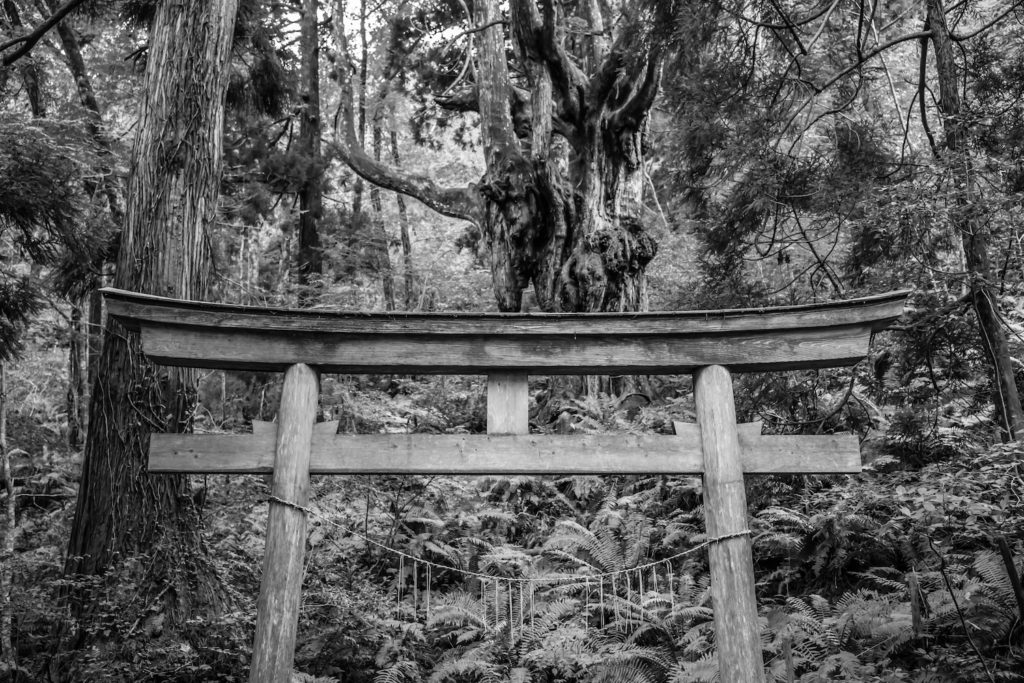
Japanese Shrine Gate, Torii- Most shrines in Japan have one or more torii gate on its site. Usually, you find it at the entrance of the shrine and even you can’t see the main shrine, Torii tells us there is a shrine behind it. We will look into a role of Japanese shrine gate, Torii and how people have received it.
Brief History of Japanese Shrine Gate, Torii
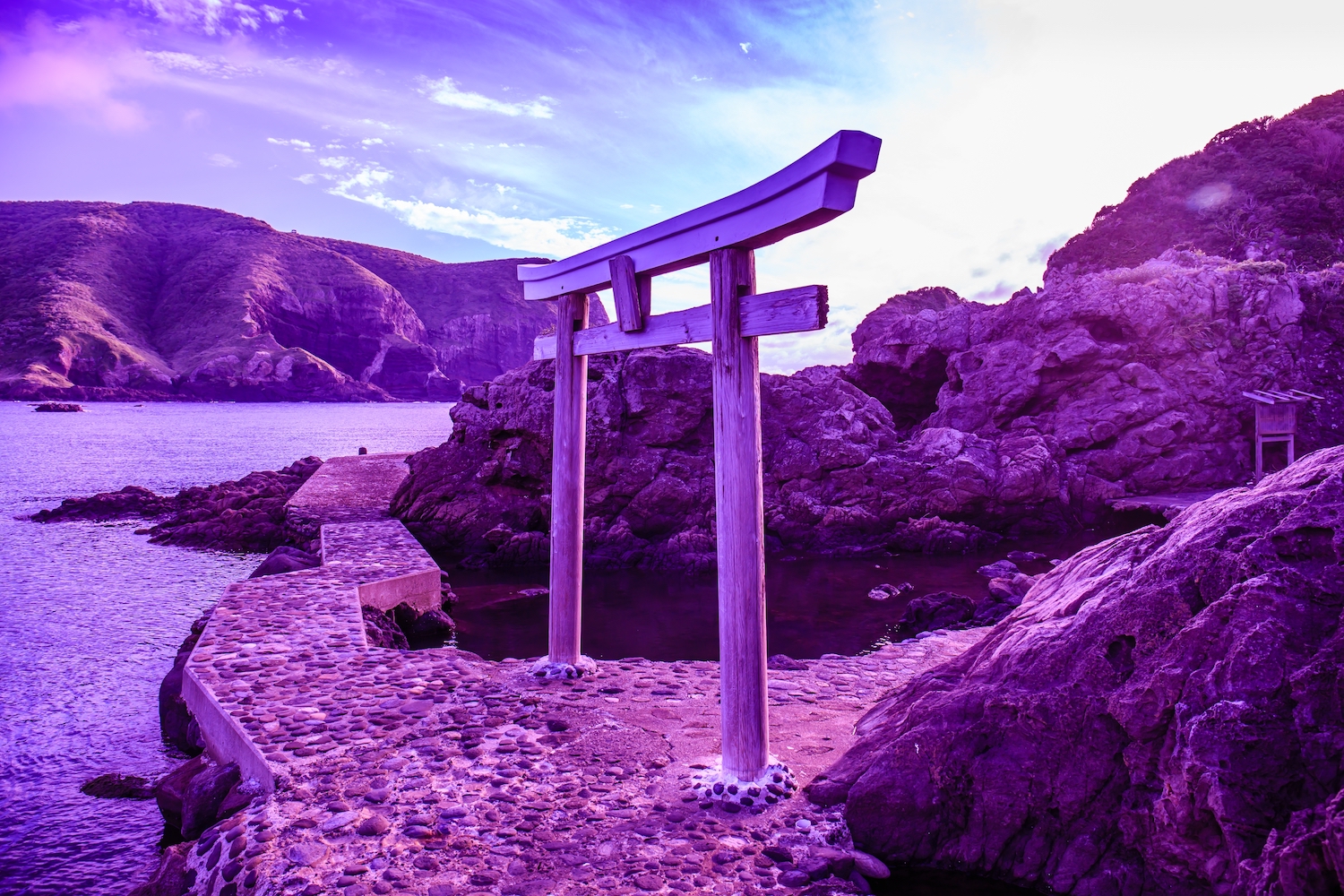
The possible origin theory of Japanese shrine gate, torii is not one, but many. Among them, the most-known origin theory has its story around the Japanese myth of deities and how the lands of Japan were made. The word ‘torii’ means a bird perch.
Once Amaterasu Omikami (the Sun Deity) hid herself behind the rock grieving her brother’s bad behaviors and even feared, there were no sun lights anymore in the world since she was the light itself.
Other deities had to do something about it, otherwise, endless darkness would prevail in the world.
Deities came up with the idea that they place the perch with chicken on it in front of the rock. This perch is considered to be the origin of Japanese shrine gate.
The crying of the chicken lured Amaterasu Omikami open the rock door slightly to watch what’s going on outside and the strongest male deity opened the rest of the door by force, there they had the light again in the world.
(There’s another version well-known, not chicken, but one of the beautiful and young deity began to dance, so Amaterasu opened the rock door to check it out… But we put it aside here.)
Japanese Mythology: Creation of the Universe and Kami
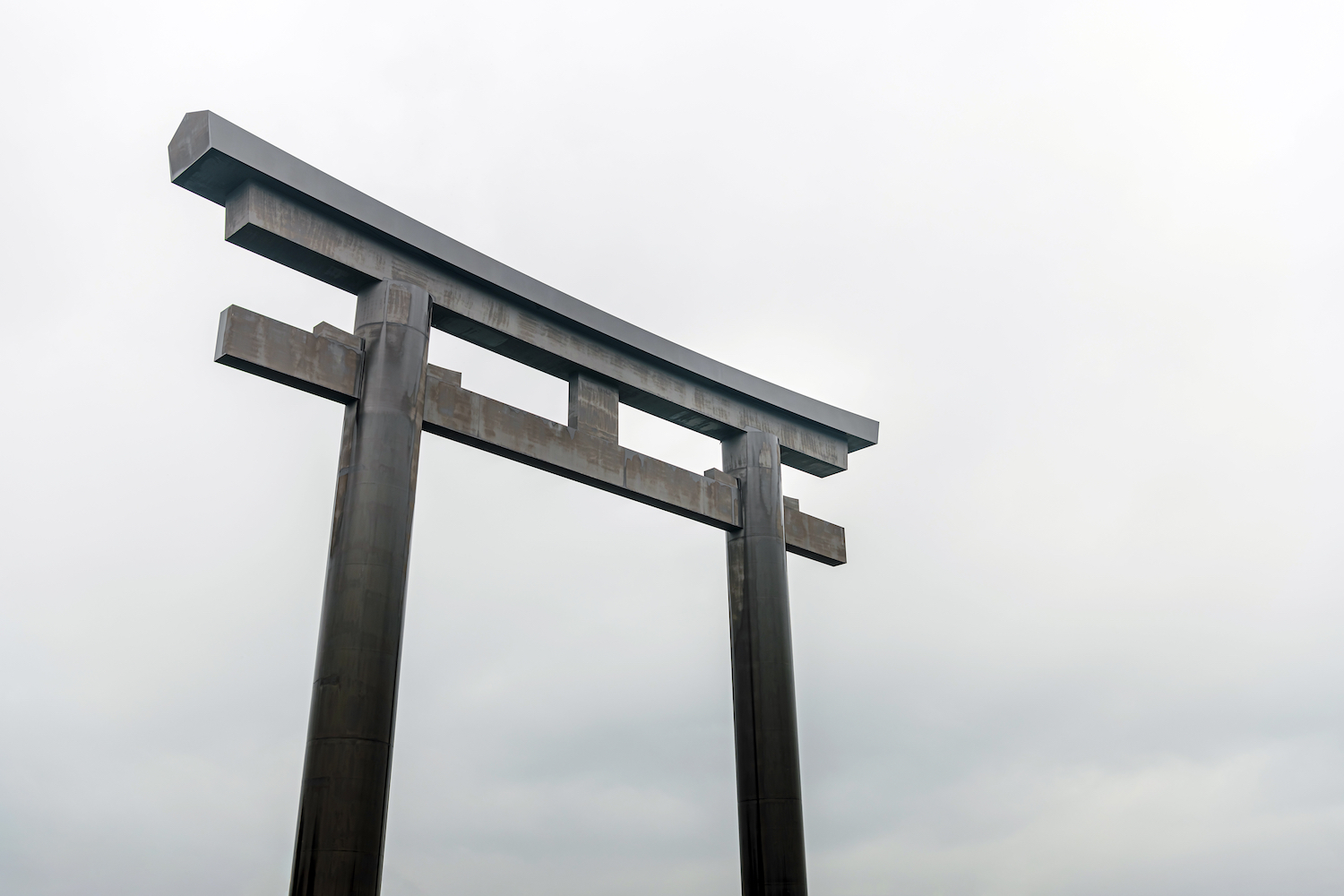
Also, torii means ‘gate’ in the Aramaic dialect of Hebrew and some theory describes torii gate in Shinto shrines are equal to gates painted with the blood of sheep by hyssop before the Jewish feast of the Passover.
Shinto Shrine: History, Architecture, and Functions
Japanese shrine gate, torii, is thought to be the symbol of shrines only, but there are several temples which have torii gate.
Even there are shrines which don’t have torii gate, but a tower gate. Most of the torii is made of wood (Japanese cypress or Japanese cedar) or stone.
Some are wrapped around with copper and new ones are made of reinforced concrete, stainless steel or other materials.

Torii gate itself was seen before the main shrine was built. This is because people saw divineness in nature like mountains, big trees, and the river itself.
Therefore, we first needed some sign and boundary to tell people where the sacred place begins and end for perception.
It’s effective to keep clean, untouched by someone who doesn’t respect the nature.
We can’t say when and where torii was built, but the shape of it which we see today was established around the 8th century.
Until the Meiji period (1868-1912), torii was routinely adorned with plaques carrying Buddhist sutras. The association between Japanese Buddhism and the torii is old and profound as we call a mixture of Shintoism and Buddhism.
Japanese Buddhism in Early Stage: For the Elites and the State
Gate to the Divine – Japanese Shrine Gate, Torii
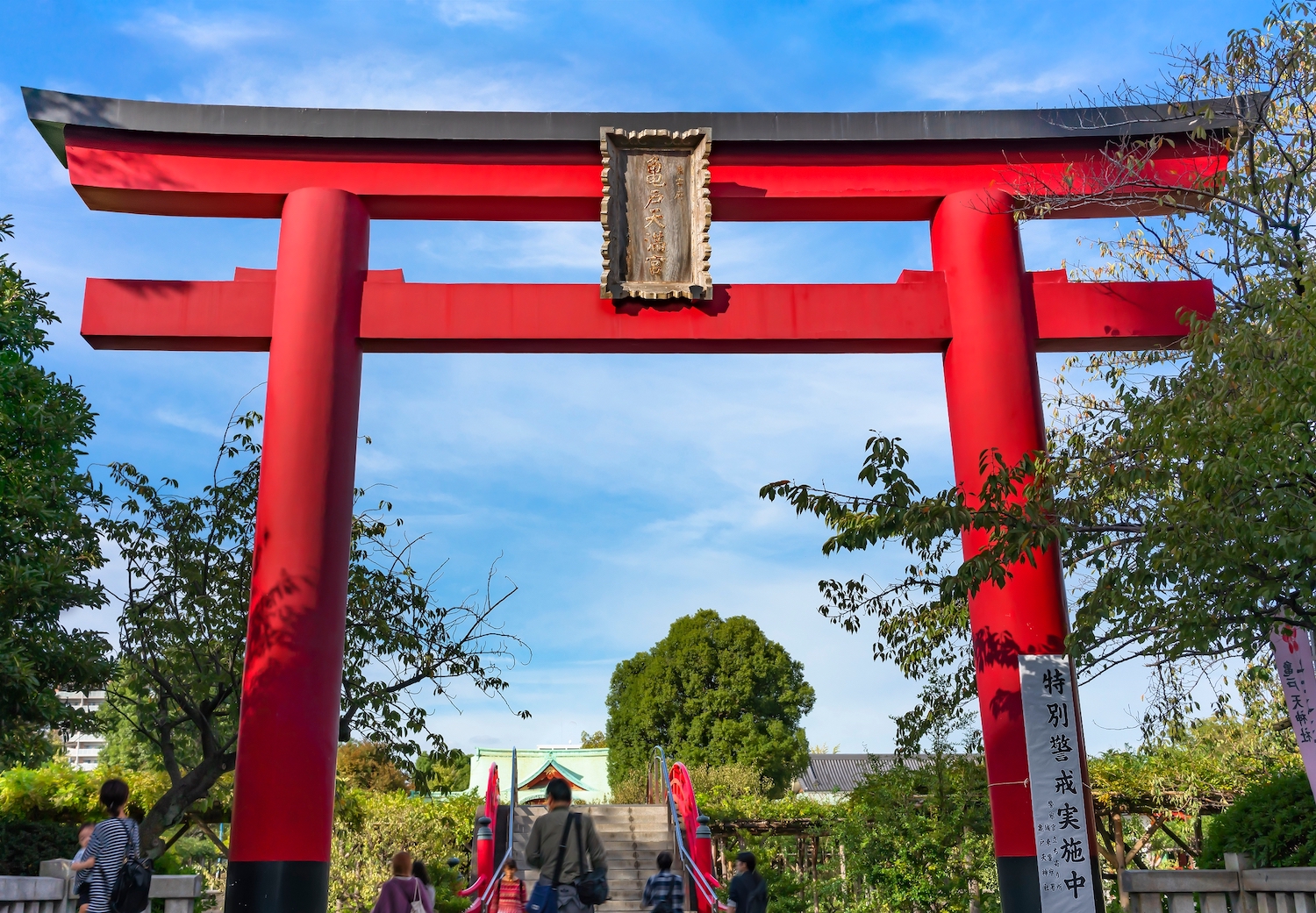
As we have seen, torii is a sign which shows the boundary where the secular ends and the sacred begins.
The red torii is believed to have the power to shun bad things. There exists about 80,000 shrines from small to large in size in Japan.
Although not every shrine has a Shinto priest, still, just entering the site of the shrine gives you a chance to feel the sense of sacredness.
Shimenawa – Torii Gate
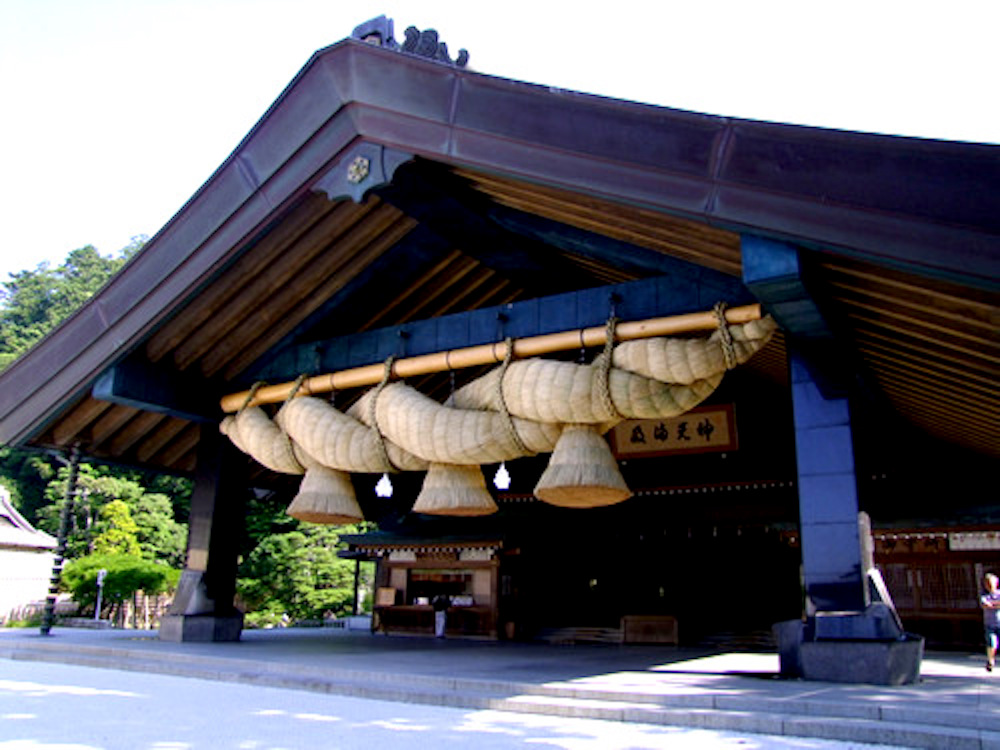
A shimenawa is a straw rope with white zigzag paper strips (shide). Just like Torii gate, shimenawa marks and divides the secular and the sacred.
Inside the shimenawa is the sacred place, where deities possess. It can be found on torii, around sacred trees and stones.
In addition to the division between the secular and the sacred, there’s a way of dividing all the things between pure and impure.
Anyway, when we see shimenawa we need to understand that any devil or impure can’t touch or come in there.
Sacred Animals – Torii Gate
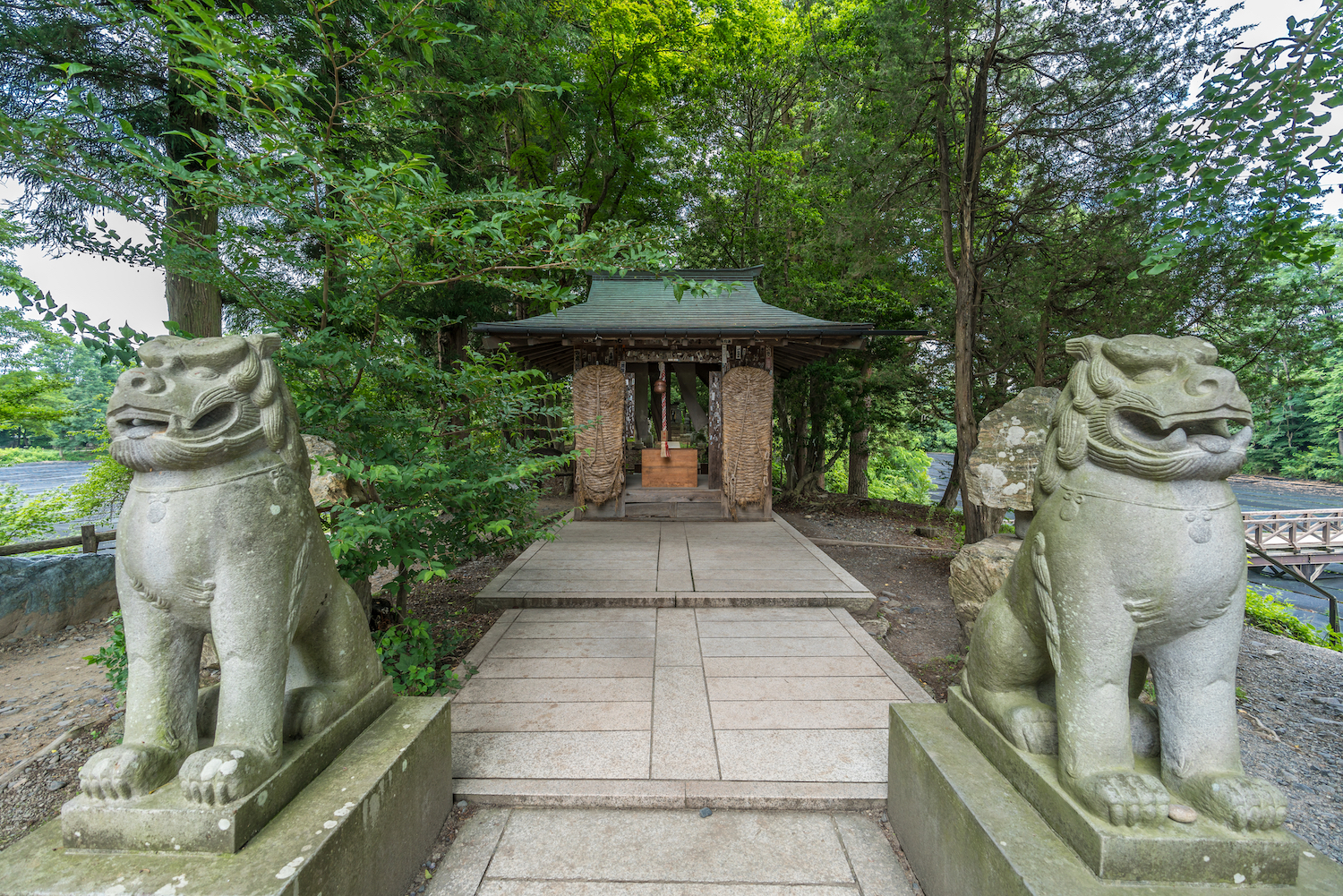
It is a pair of guardian dogs, which resemble lions at both ends at the gate or in front of the main shrine. At the Inari shrine, there is a pair of foxes instead of dogs.
These animals keep an eye on visitors, which are believed to protect the shrine from the bad.
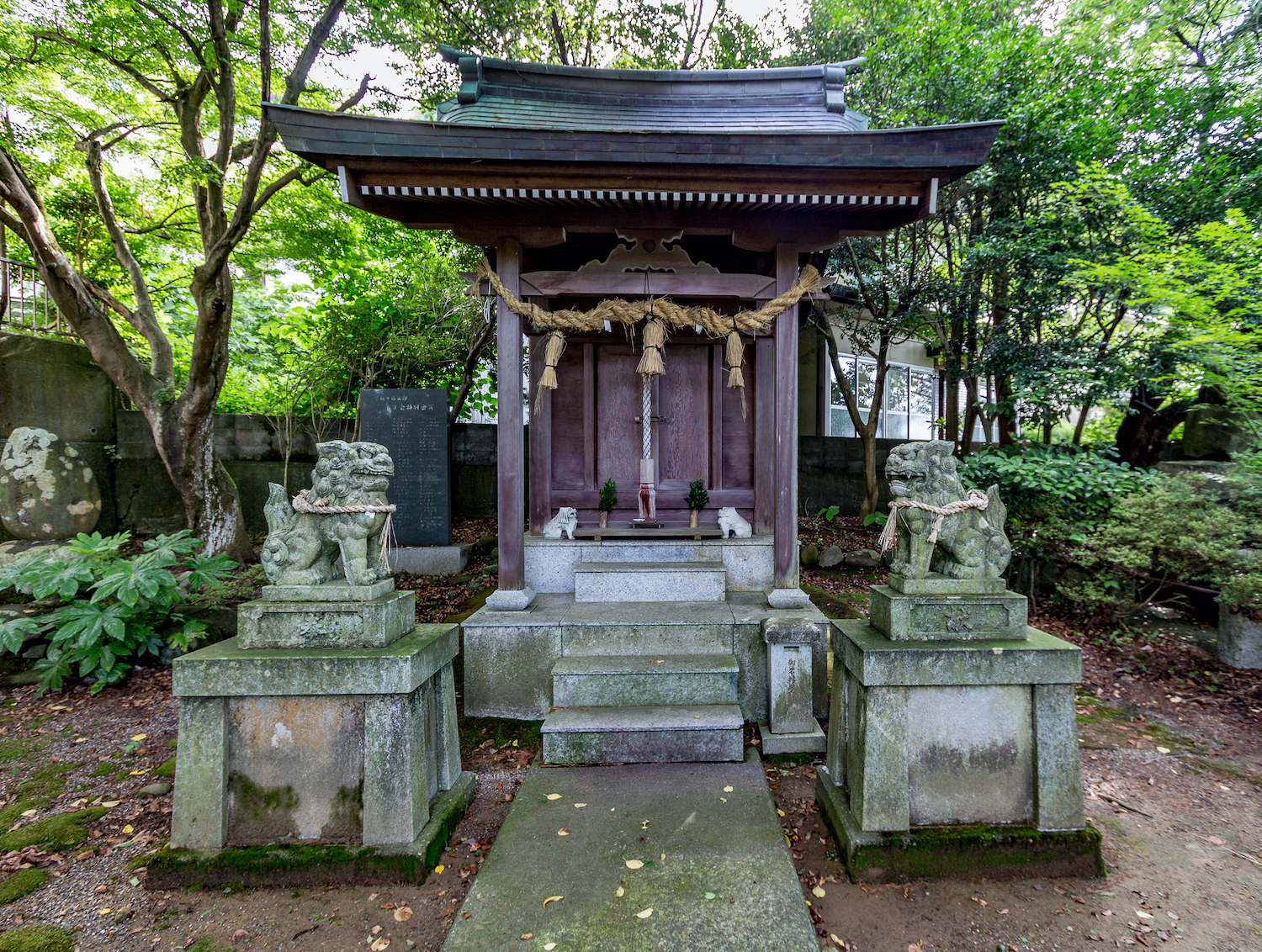
Take a close look at both animals, you can see the one with mouth opened while the other one with the closed mouth.
This is the opened mouth co-relates to ‘A’ and closed one relates to ‘Un’. A-un means the beginning and the ending of all the things.
These words have its origin back in ancient India. We use the term ‘A-un’ for the perfect combination in collaboration or both parties are on the same wavelength.
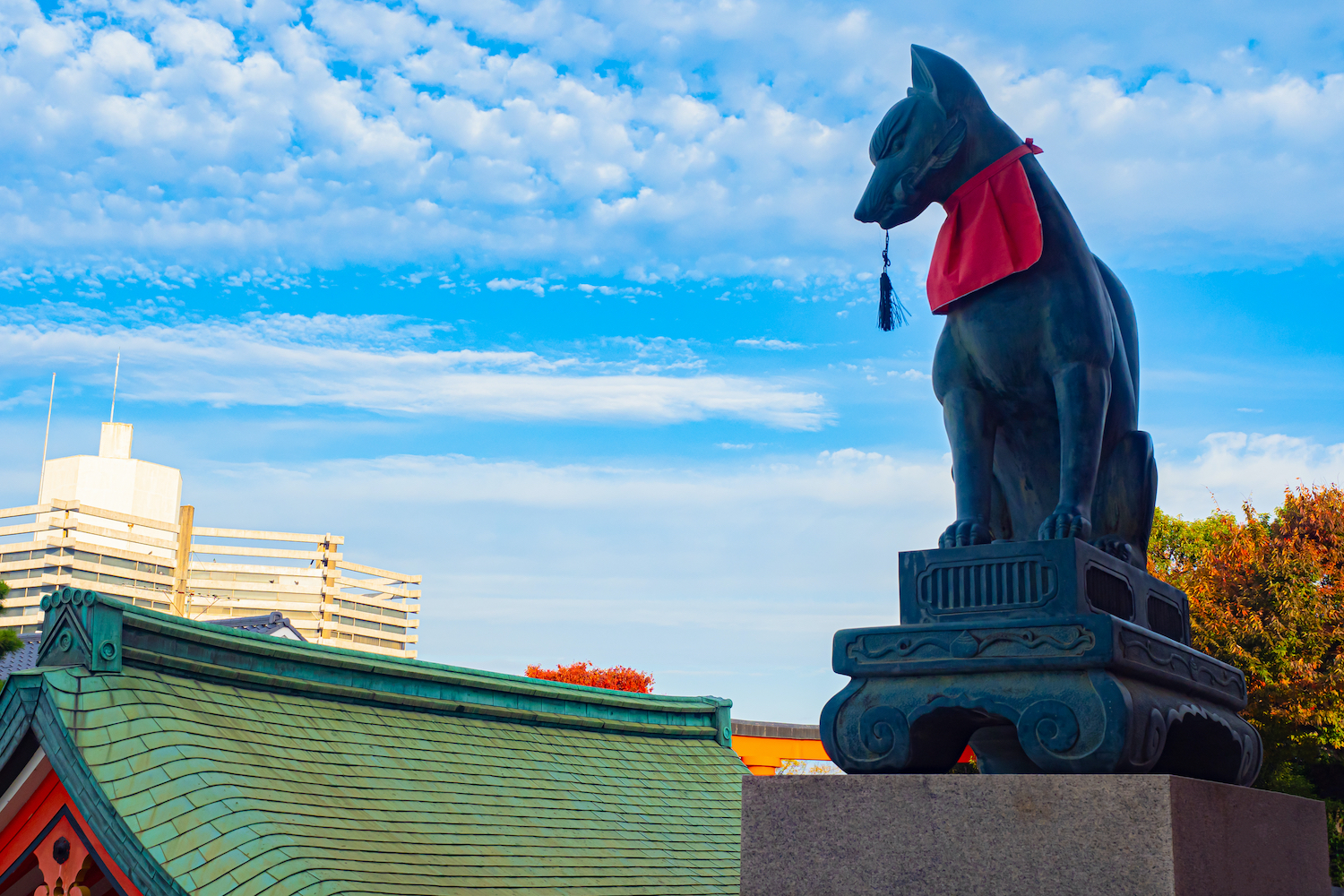
We say we walk and we hit a Konbini, convenience store, on every corner. Shinto shrines which are often surrounded by guardian woods are more in numbers.
Every time we cross under the torii, we feel something divine and makes us to be aware of our thoughts and behaviors.
If you travel to Japan, it might be a good idea to find the nearest Shinto shrine and feel its divineness and give gratitude for your health and wealth. They might listen to you and give them back to you in abundance.
References
鳥居について (神社本庁)
鳥居、狛犬、注連縄、神社の神域を守る物の意味と起源 (和じかん.com)
Related Articles
Mikoshi: Divine Portable Shrine of Shinto
Shinto: Introduction of “Way of the Kami”


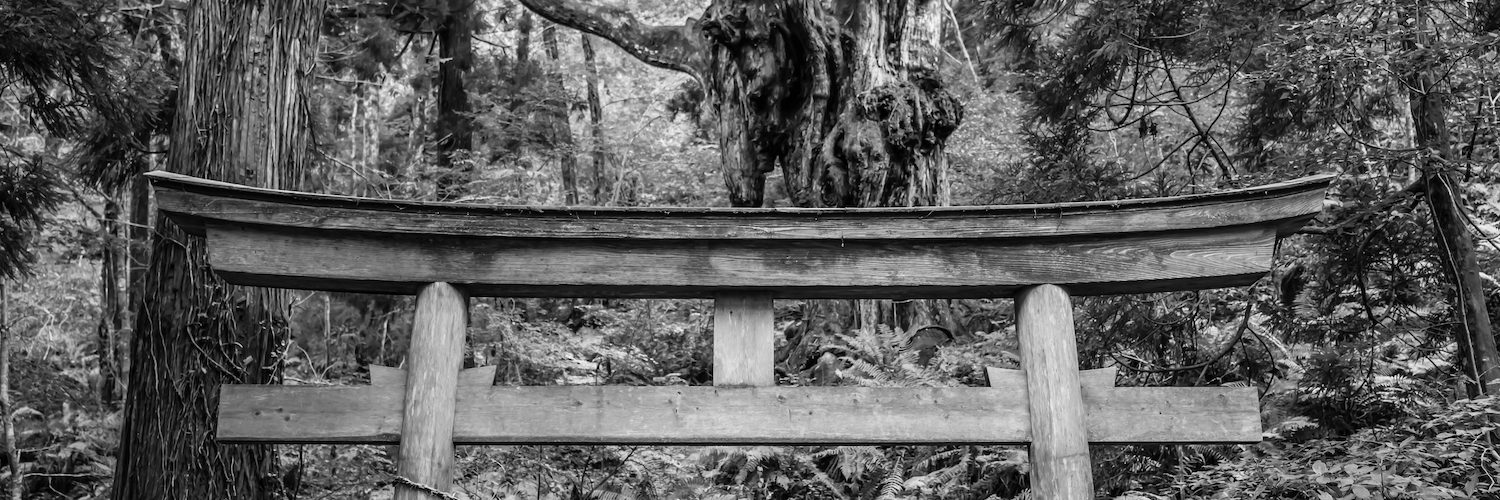
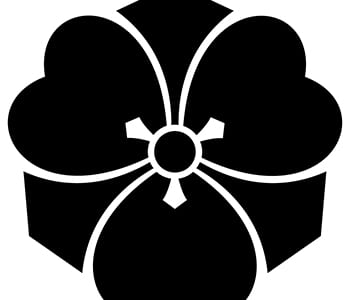

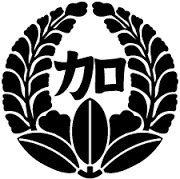


Add comment